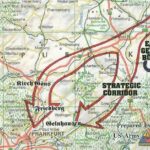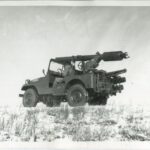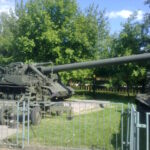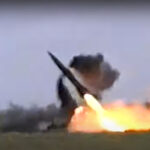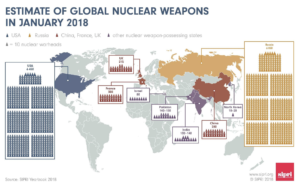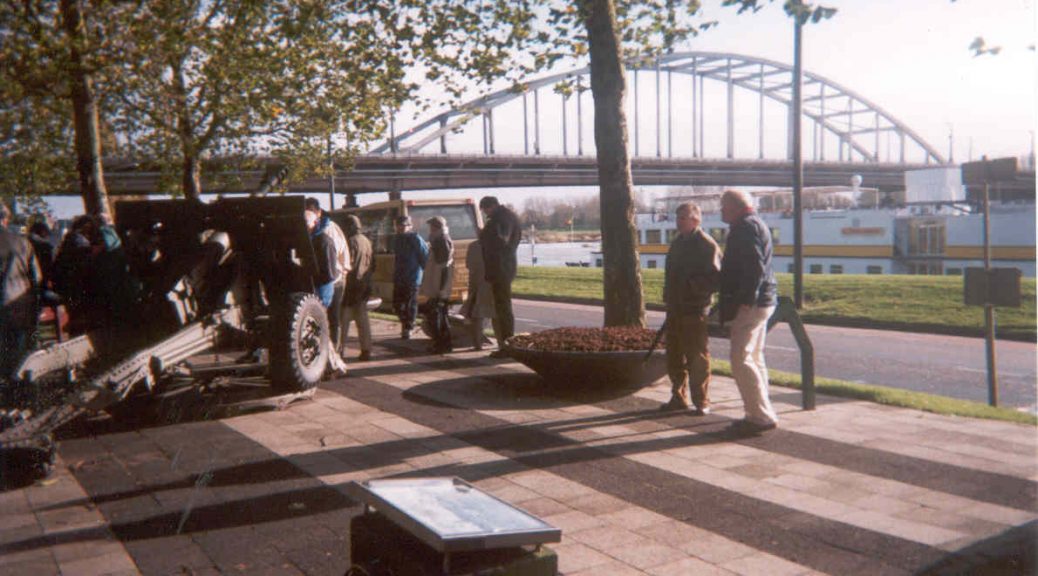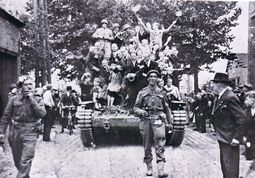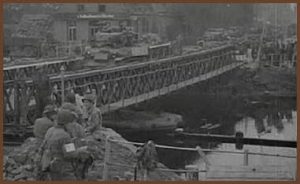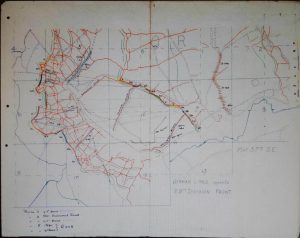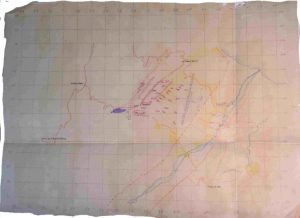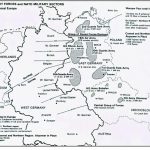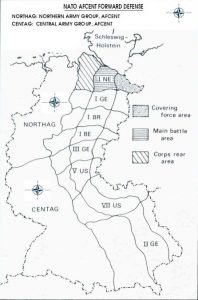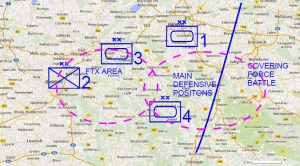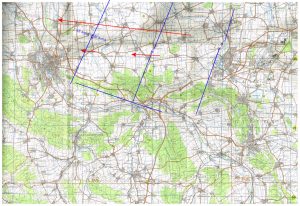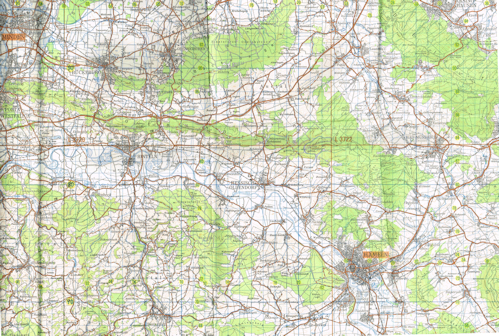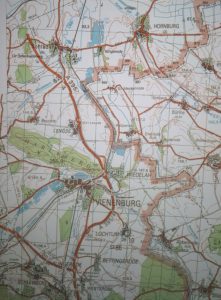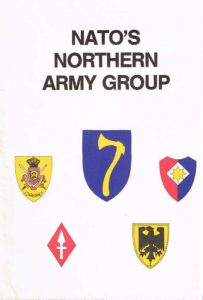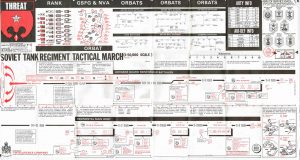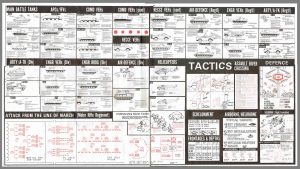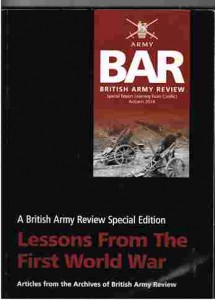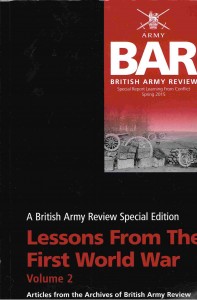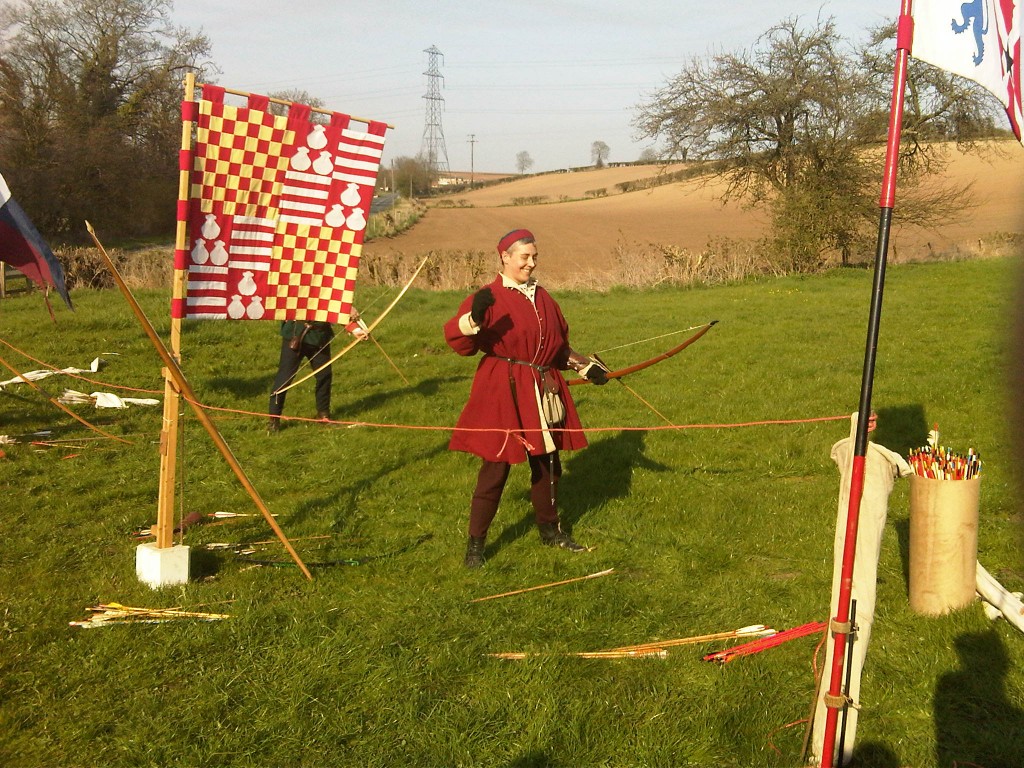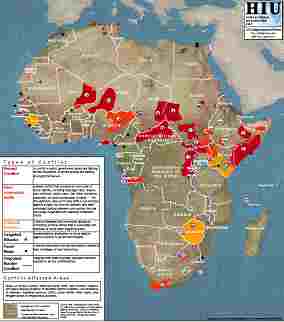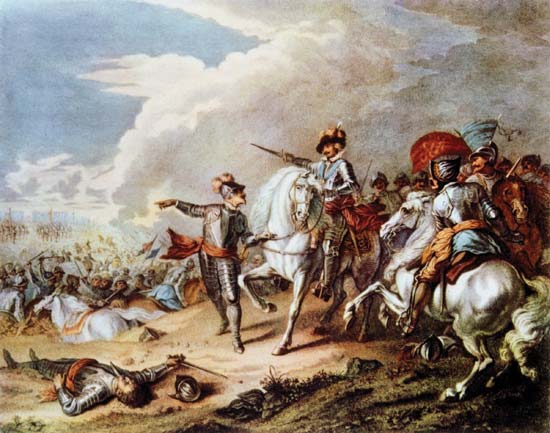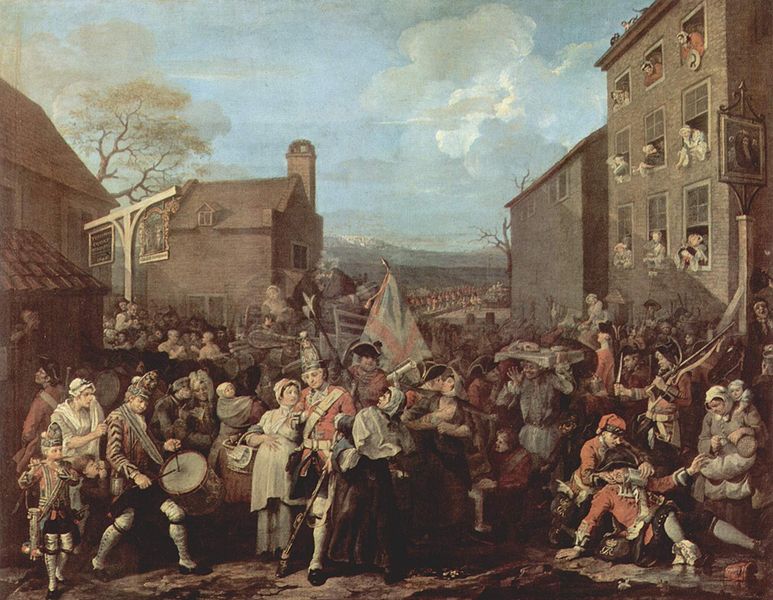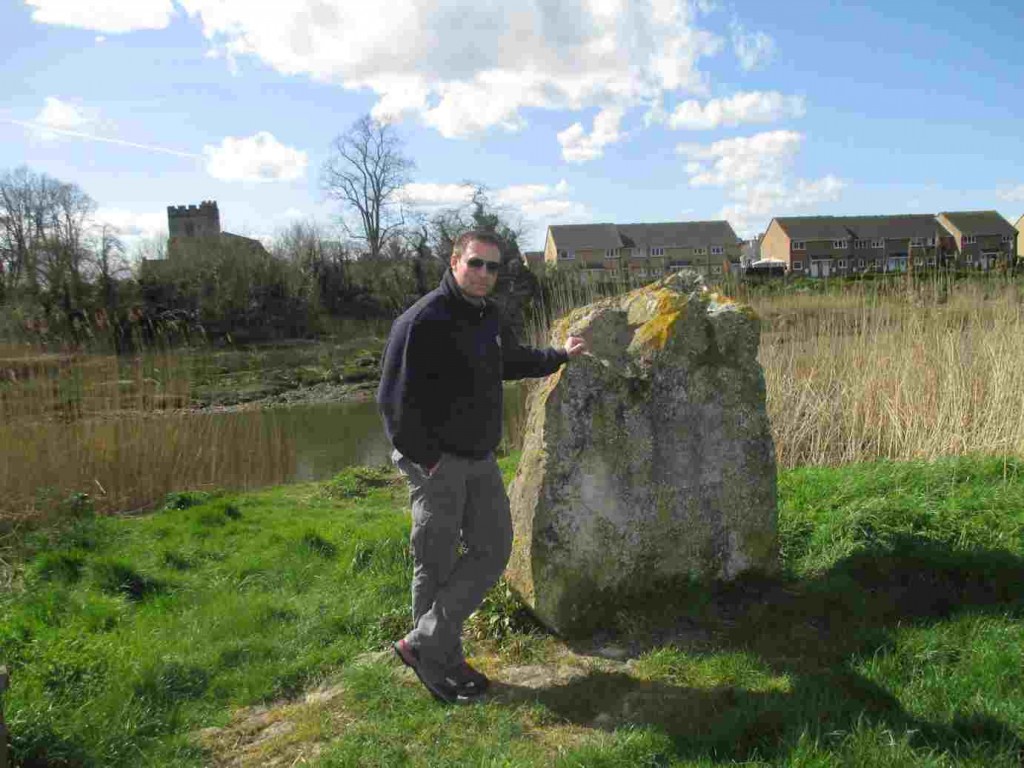Narratives
 Battle of Waterloo two armies versus one
Battle of Waterloo two armies versus one
Napoleons Guard at Waterloo
Wikipedia Waterloo
Karl von Clauswitz 1815 campaign
Wellington Waterloo Dispatch
Maps
Organisation tactics and technology
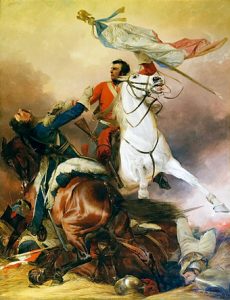 Karl v Clauswitz Principles of War Primer/ notes for educating Prussian princes to be generals. An idiots guide to commanding troops in battle.
Karl v Clauswitz Principles of War Primer/ notes for educating Prussian princes to be generals. An idiots guide to commanding troops in battle.
Napoleon Military Maxims Napoleon’s maxims dictated at St Helena
The Art of War Baron Jomini
Witnesses
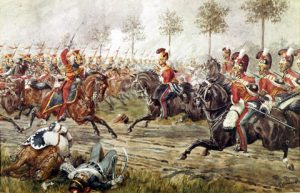 Ensign Barton 3rd Battalion Grenadier Guards
Ensign Barton 3rd Battalion Grenadier Guards
Ensign William Leeke 52nd Light Infantry. Aged 17 at Waterloo. His account is a free download from Google books.
Captain Gronow Grenadier Guards He memoirs are free on the internet
Harry Smith 95th Rifles Brigade major to General Lambert – memoirs online
Captain John Kincaid. 95th Rifles Adventures in the Rifle Brigade free online
Personal accounts by Lieutenant Hamilton in the history of the Royal Scots Dragoons
Two accounts by Dutch soldiers
Comments by Ensign George Keppel, aged 16 and one month in this article on the 3rd Battalion the 14th (Buckinghamshire) Regiment at Waterloo.
Research Papers
 The Story of Thomas Plunkett 95th Rifles. Best shot in the army, died a homeless itinerant.
The Story of Thomas Plunkett 95th Rifles. Best shot in the army, died a homeless itinerant.
Rations in the Napoleonic Wars
Camp Followers
Two women soldiers. Sarah Taylor 21 years in the 15th Light Dragoons and Johanna Stain ten years in the Kings German Legion
Contemporary accounts of military executions
Where Have All the Regiments Gone? The Modern Descendants of the Regiments of the 1815 British Army This link is to the Cavalry units. There is a further link to the guards and infantry
Education in the British Army in Napoleonic times.
Training in Napoleon’s Army
Sir John Moore and the Universal Soldier: The Man the Commander and the Shorncliffe System of Training Downloadable book on Academia
Advice to Officers of the British Army. Tongue in cheek commentary on military misbehavior at the end of the 18th Century.
To the Quarter-Master: The leading maxim of your office is to receive whatever is offered you, or you can get hold of, but not to part with any thing you can keep. Your store-room must resemble the lion’s den….
To Subalterns: The fashion of your clothes must depend on that ordered in the corps ; that is to say, must be in direct opposition to it : for it would shew a deplorable poverty of genius, if you had not some ideas of your own in dress.
Bibliography
Recommended Modern Texts
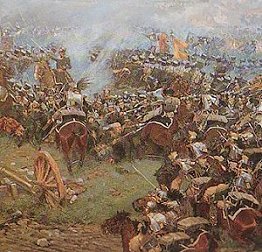 Adkin, Mark (2001), The Waterloo Companion, Aurum, ISBN 1-85410-764-X (Expensive but very good)
Adkin, Mark (2001), The Waterloo Companion, Aurum, ISBN 1-85410-764-X (Expensive but very good)
Barbero, Alessandro (2005), The Battle: A New History of Waterloo, Atlantic Books, ISBN 1-84354-310-9 (one of the best single volume histories)
Bassford, C, Moran D and Pedlow D, (Ed) Carl von Clausewitz and Arthur Wellesley, 1st Duke of Wellington. On Waterloo: Clausewitz, Wellington, and the Campaign of 1815. Clausewitz.com, 2010. ISBN-10: 1453701508. ISBN-13: 9781453701508. 318pp. (Free online) http://www.clausewitz.com/readings/1815/TOC.htm
Burnod, General., (1827) The Military Maxims of Napoleon. (Free via Digital attic) http://www.digitalattic.org/home/war/napoleon/
Clausewitz, Carl von. Principles of War. [Originally “Die wichtigsten Grundsätze des Kriegfuhrens zur Ergänzung meines Unterrichts bei Sr. Koniglichen Hoheit dem Kronprinzen.” Clausewitz’s memorandum for the Crown Prince.] Trans. Hans W. Gatzke. Harrisburg, PA: 1942; reprinted in Stackpole Books, Roots of Strategy, Book 2: 3 Military Classics. Harrisburg, PA: Stackpole Books, 1987 (Free online) http://www.clausewitz.com/readings/Principles/index.htm
Field, Andrew, (2012) Waterloo The French Perspective, Pen and Sword. (The French point of view)
Hamilton-Williams, David (1993), Waterloo. New Perspectives. The Great Battle Reappraised, London: Arms & Armour Press, ISBN 0-471-05225-6 (Rehabilitating the Dutch and Belgians)
Hofschröer, Peter (1999), 1815: The Waterloo Campaign. The German Victory 2, London: Greenhill Books, ISBN 978-1-85367-368-9
Hofschröer, Peter (2005), Waterloo 1815: Quatre Bras and Ligny, London: Leo Cooper, ISBN 978-1-84415-168-4
Other Works
 Bas, F de, and J. De T’Serclaes de Wommersom (1909), La campagne de 1815 aux Pays-Bas d’après les rapports officiels néerlandais. Tomes: I: Quatre-Bras. II: Waterloo. III: Annexes et notes. IV: supplément: cartes et plans, Bruxelles: Librairie Albert de Wit Beamish,
Bas, F de, and J. De T’Serclaes de Wommersom (1909), La campagne de 1815 aux Pays-Bas d’après les rapports officiels néerlandais. Tomes: I: Quatre-Bras. II: Waterloo. III: Annexes et notes. IV: supplément: cartes et plans, Bruxelles: Librairie Albert de Wit Beamish,
Black J, Waterloo, (2012) Icon
Boller, Jr., Paul F.; George, John (1989), They Never Said It: A Book of Fake Quotes, Misquotes, and Misleading Attributions, New York: Oxford University Press, p. 12, ISBN 0-19-505541-1
Bonaparte, Napoleon (1869), “No. 22060”, in Polon, Henri; Dumaine, J., Correspondance de Napoléon Ier; publiée par ordre de l’empereur Napoléon III (1858) 28, pp. 292, 293.
Booth, John (1815), The Battle of Waterloo: Containing the Accounts Published by Authority, British and Foreign, and Other Relevant Documents, with Circumstantial Details, Previous and After the Battle, from a Variety of Authentic and Original Sources (2 ed.), London: printed for J. Booth and T. Ergeton; Military Library, Whitehall (Free online)
Boulger, Demetrius C. deK. (1901), Belgians at Waterloo: With Translations of the Reports of the Dutch and Belgian Commanders, London
Bowden, Scott (1983). Armies at Waterloo: a detailed analysis of the armies that fought history’s greatest Battle. Empire Games Press. ISBN 0-913037-02-8.
Chandler, David (1966). The Campaigns of Napoleon. New York: Macmillan.
Chandler, David (1981) [1980]. Waterloo: The Hundred Days. Osprey Publishing.
Chandler, David (1999) [1979]. Dictionary of the Napoleonic Wars. Wordsworth editions. ISBN 1-84022-203-4.Chandler, David (1966), The Campaigns of Napoleon, New York: Macmillan
Chandler David (1980) Atlas of Military Strategy: The Art, Theory and Practice of War, 1618-1878; Arms and Armour Press.
Chesney, Charles C. (1907), Waterloo Lectures: A Study Of The Campaign Of 1815, Longmans, Green, and Co, ISBN 1-4286-4988-3
http://www.clausewitz.com/readings/1815/LiverpoolMS-CampaignOf1815.pdf#zoom=100
Comte d’Erlon, Jean-Baptiste Drouet (1815), Drouet’s account of Waterloo to the French Parliament, Napoleon Bonaparte Internet Guid, archived from the original on 8 October 2007, retrieved 14 September 2007
Corrigan, Gordon (2006), Wellington (reprint, eBook ed.), Continuum International Publishing Group, p. 327, ISBN 9780826425904
Cotton, Edward (1849), A voice from Waterloo. A history of the battle, on 18 June 1815., London: B.L. Green
Creasy, Sir Edward (1877), The Fifteen Decisive Battles of the World: from Marathon to Waterloo, London: Richard Bentley & Son, ISBN 0-306-80559-6
Davies, Huw (2012), Wellington’s Wars: The Making of a Military Genius (illustrated ed.), Yale University Press, p. 244, ISBN 9780300164176
Eenens, A.M (1879), “Dissertation sur la participation des troupes des Pays-Bas a la campagne de 1815 en Belgique”, in: Societé royale des beaux arts et de litérature de Gand, Messager des Sciences Historiques, Gand: Vanderhaegen
Fitchett, W. H. (2006) [1897], “Chapter: King-making Waterloo”, Deeds that Won the Empire. Historic Battle Scenes, London: John Murray (Project Gutenberg)
Fletcher, Ian (1994), Wellington’s Foot Guards, 52 of Elite Series (illustrated ed.), Osprey Publishing, ISBN 1-85532-392-3
Frye, W. E. (2004) [1908], After Waterloo: Reminiscences of European Travel 1815–1819, Project Gutenberg, retrieved 2013-06-14
Glover, G. (2004), Letters from the Battle of Waterloo: the unpublished correspondence by Allied officers from the Siborne papers, London: Greenhill, ISBN 978-1-85367-597-3
Glover, Gareth (2007), From Corunna to Waterloo: the Letters and Journals of Two Napoleonic Hussars, 1801–1816, London: Greenhill Books
Graf v Gneisenau, The life and campaigns of Field-Marshal Prince Blücher of Wahlstatt translated in part from the German of Count Gneisenau. London: Constable. 1815 repr. 1996. ISBN 0-09-476640-1.
Gronow, R. H. (1862), Reminiscences of Captain Gronow, London, ISBN 1-4043-2792-4
Hoorebeeke, C. van (September–October 2007), “Blackman, John-Lucie : pourquoi sa tombe est-elle à Hougomont?”, Bulletin de l’Association belge napoléonienne (118): 6–21 Houssaye, Henri (1900), Waterloo (translated from the French), London
Hugo, Victor (1862), “Chapter VII: Napoleon in a Good Humor”, Les Miserables, The Literature Network, archived from the original on 12 October 2007, retrieved 14 September 2007
Jomini, Antoine-Henri (1864), The Political and Military History of the Campaign of Waterloo (3 ed.), New York; D. Van Nostrand (Translated by Benet S.V.) (free online)
Kincaid, Captain J., Rifle Brigade., Waterloo, 18 June 1815: The Finale, website Letters of War by Christopher Cook, archived from the original on 27 September 2007, retrieved 14 September 2007
London Lozier, J.F. “What was the name of Napoleon’s horse?”. The Napoleon Series. Retrieved 29 March 2009.
Longford, Elizabeth (1971), Wellington the Years of the Sword, London: Panther, ISBN 0-586-03548-6
Low, E. Bruce (1911), “The Waterloo Papers”, in MacBride, M., With Napoleon at Waterloo,
Ludlow, N. (1995) [1832], History of the King’s German Legion, Dallington: Naval and Military Press, ISBN 0-9522011-0-0
Mantle, Robert (December 2000), Prussian Reserve Infantry 1813–1815: Part II: Organisation, Napoleonic Association, retrieved June 2013.
Mercer, A.C. (1870), “Waterloo, 18 June 1815: The Royal Horse Artillery Repulse Enemy Cavalry, late afternoon”, Journal of the Waterloo Campaign: Kept Throughout the Campaign of 1815 2, retrieved 14 September 2007
Miller, David (January 2006), Duchess of Richmond’s Ball, Spellmount, ISBN 1-86227-229-8
Parry, D.H. (1900), “Waterloo”, Battle of the nineteenth century 1, London: Cassell and Company, retrieved 14 September 2007
Pawly, Ronald (2001), Wellington’s Belgian Allies, Men at Arms nr 98. 1815, Osprey, pp. 37–43
Roberts, Andrew (2001), Napoleon and Wellington, London: Phoenix Press, ISBN 1-84212-480-3
Roberts, Andrew (2005), Waterloo: 18 June 1815, the Battle for Modern Europe, New York: HarperCollins, ISBN 0-06-008866-4
Siborne, Herbert Taylor (1891), The Waterloo Letters, London: Cassell & Co.
Siborne, William (1990) [1844], The Waterloo Campaign (4 ed.), London: Greenhill Books, ISBN 1-85367-069-3
Smith, Digby (1998), The Greenhill Napoleonic Wars Data Book, London & Pennsylvania: Greenhill Books & Stackpole Books, ISBN 1-85367-276-9
Summerville, Christopher J (2007), Who was who at Waterloo: a biography of the battle, Pearson Education, ISBN 978-0-582-78405-5
Uffindell, A (2006) The Eagle’s Last Triumph: Napoleon’s Victory at Ligny, June 1815; Greenhill.
Weller, J. (1992), Wellington at Waterloo, London: Greenhill Books, ISBN 1-85367-109-6
Wellesley, Arthur (1815), “Wellington’s Dispatches 19 June 1815”, War Times Journal (Archives)
White, John (14 December 2011), Burnham, Robert, ed., Cambronne’s Words, Letters to The Times (June 1932), the Napoleon Series, archived from the original on 25 August 2007, retrieved 14 September 2007
Wit, Pierre de. “Part 5: The last Anglo-Dutch-German reinforcements and the Anglo-Dutch-German advance”. The campaign of 1815: a study,. p. 3. Retrieved June 2012.


